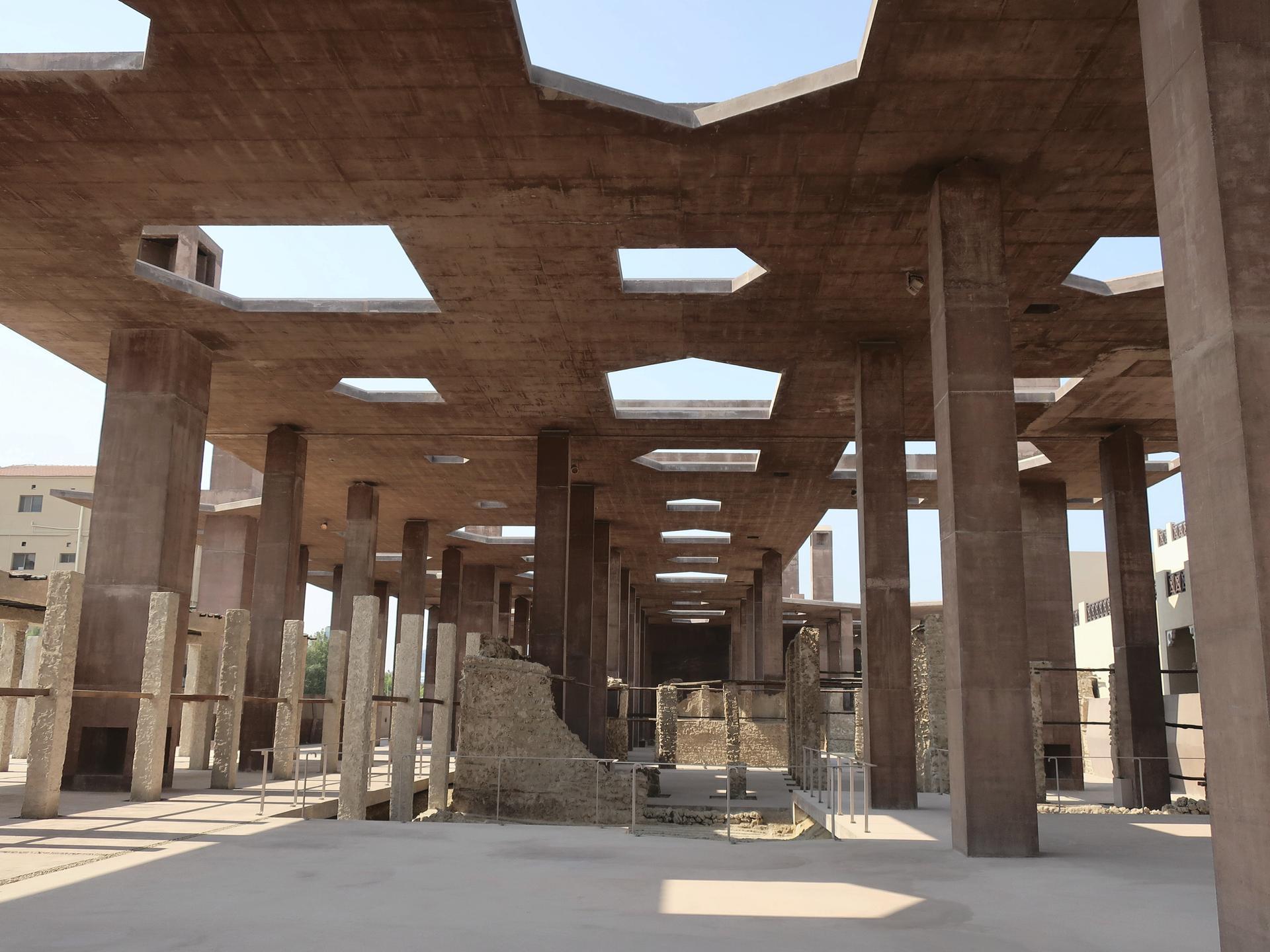The Bahrain Pearling Trail, also known as the Bahrain Pearling Pathway, is a UNESCO World Heritage site located in the capital city of Manama, Bahrain. The trail consists of a series of buildings, pathways, and historic sites that were once used for the pearl diving industry, which was a major economic driver in Bahrain for centuries.
The pearling industry in Bahrain dates back to ancient times, with evidence of pearl diving dating back to at least 2000 BCE. By the 19th century, Bahrain had become one of the world's leading producers of pearls, and the industry played a central role in the country's economy and culture.The Bahrain Pearling Trail was developed over a period of several centuries, as the pearling industry evolved and expanded. The trail includes several historic buildings and sites, including the Suq Al-Qaysariya, a historic market that was once a hub for pearl traders and merchants; the Al-Siyadi Mosque, which was built by pearl merchants in the 19th century; and a series of houses and warehouses that were used for the storage and processing of pearls.The Bahrain Pearling Trail was officially recognized as a UNESCO World Heritage site in 2012, in recognition of its cultural and historical significance. The trail is considered to be an important testament to Bahrain's rich cultural heritage, as well as a tribute to the resilience and creativity of the pearl divers and merchants who helped to build the country's economy and shape its culture.Today, the Bahrain Pearling Trail is open to visitors, who can explore the historic sites and learn more about Bahrain's rich history and culture. The trail offers a unique glimpse into the world of pearl diving and trading, and serves as a reminder of the vital role that this industry played in shaping the country's past and present.The Bahrain Pearling Trail, also known as the "Pearling Pathway," is a UNESCO World Heritage site located in the capital city of Manama, Bahrain. The trail consists of a series of buildings and structures that once played a crucial role in the pearl diving industry, which was one of the main sources of wealth for the region for centuries.The history of pearl diving in Bahrain dates back thousands of years, with evidence of pearl harvesting dating back to the third millennium BCE. In the 19th century, Bahrain was one of the world's leading producers of pearls, with the industry employing thousands of people and generating significant wealth for the region.The Pearling Trail consists of 17 buildings and three offshore oyster beds, which were once used for the cultivation and harvesting of pearls. The buildings include houses, shops, and warehouses, as well as the Qal'at Bu Mahir fortress, which was used to protect the city from attacks by pirates and other invaders.The trail was used by pearl divers and traders who would bring their goods to market in the nearby souq. The trail also played a crucial role in the social and cultural life of the community, serving as a gathering place for families and friends.In addition to its historical and cultural significance, the Bahrain Pearling Trail is also an important example of the region's traditional architecture and building techniques. The buildings are made from local materials, including coral stones and sea shells, and feature unique design elements such as wind towers, which were used to regulate the temperature and ventilation inside the buildings.Today, the Bahrain Pearling Trail is a popular tourist attraction and an important symbol of Bahrain's cultural heritage. The site was inscribed as a UNESCO World Heritage site in 2012, in recognition of its historical and cultural significance. Efforts are underway to preserve and restore the trail, ensuring that it remains a vital part of Bahrain's cultural landscape for generations to come.The Bahrain Pearling Trail played an important role in the economy and culture of the region for centuries, and the development of the pearling industry had a significant impact on the social and economic development of the region.The pearling industry was an important source of income for many families in Bahrain, and it created a diverse community of pearl divers, merchants, and traders from around the region. The industry also had a significant impact on the development of maritime trade and transportation, with Bahrain serving as a hub for trade between the Persian Gulf and the Indian Ocean.The decline of the pearling industry in the early 20th century was due to a combination of factors, including the introduction of cultured pearls, which made natural pearls less valuable, as well as economic and political changes in the region. Today, Bahrain's economy is based primarily on oil and gas, although efforts are underway to diversify the economy and promote tourism and other industries.In recent years, the Bahrain Pearling Trail has undergone significant restoration and conservation efforts, aimed at preserving the historic buildings and structures for future generations. The trail is open to visitors, and guided tours are available, providing an opportunity to explore the rich history and culture of Bahrain's pearling industry.The Bahrain Pearling Trail is not only significant for its historical and cultural value but also for its role in promoting sustainable development and preserving the region's natural and cultural heritage. By protecting and preserving sites like the Pearling Trail, Bahrain is able to promote sustainable tourism and preserve its unique cultural identity for future generations.




0 Comments